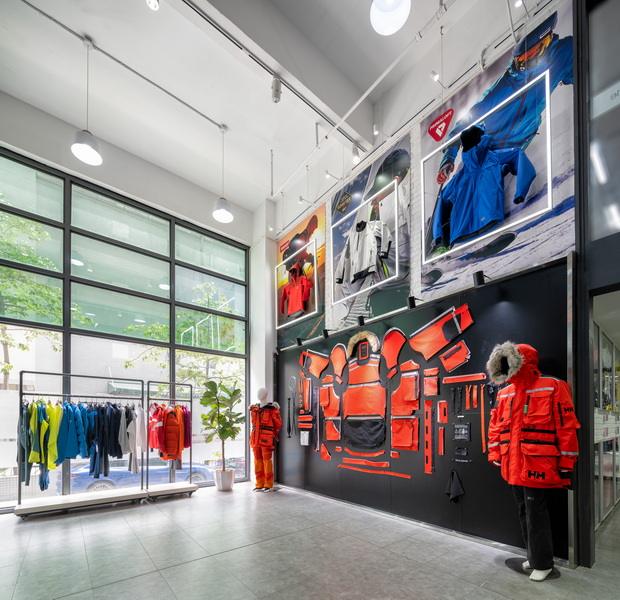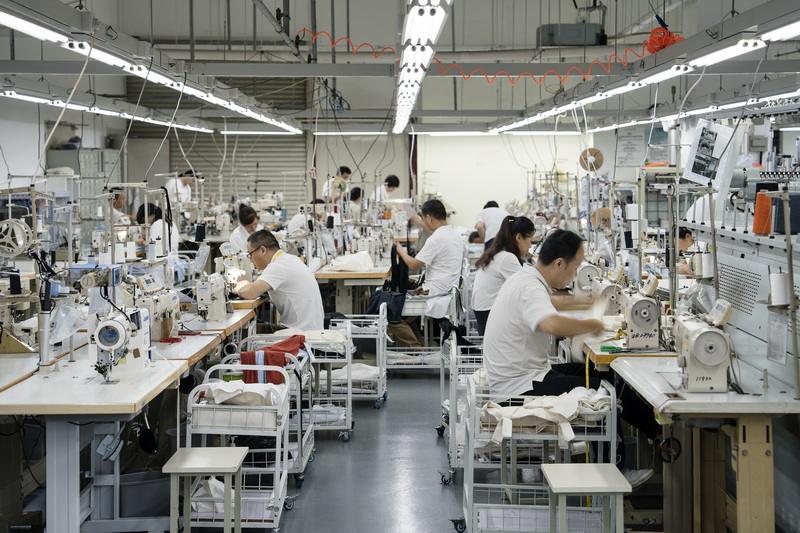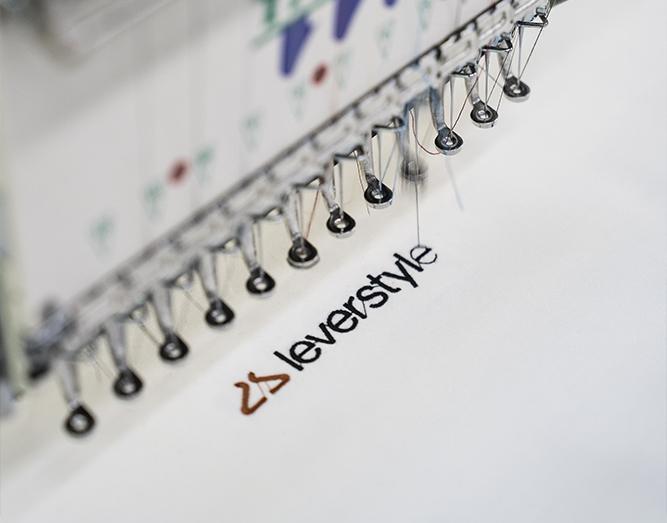Content Menu
● Understanding the Appeal of Wide Leg Yoga Pants
● Technical Fabric Selection for Optimal Performance
● Innovations in Fabric Technology
● Design Features That Support Movement and Mindfulness
● Enhanced Design Elements for Comfort and Style
● Manufacturing and Supply Chain Insights
● Sustainability and Ethical Manufacturing
● Market Trends and Consumer Insights
● Consumer Behavior and Market Expansion
● Future Trends and Opportunities
● Product Development Expertise
● Frequently Asked Questions (FAQ)
>> 1. What materials are best for wide leg yoga pants?
>> 2. How do wide leg yoga pants support movement compared to leggings?
>> 3. Are wide leg yoga pants suitable for all seasons?
>> 4. What design features enhance mindfulness in yoga pants?
>> 5. How can brands ensure quality in manufacturing wide leg yoga pants?
In the evolving world of activewear, wide leg yoga pants have emerged as a distinctive category that balances comfort, style, and functionality. These pants are not just a fashion statement; they are engineered to support the dynamic movements of yoga practitioners while fostering mindfulness through comfort and freedom. This article explores the technical design, fabric selection, manufacturing process, and market considerations involved in creating wide leg yoga pants that truly enhance the yoga experience.

Understanding the Appeal of Wide Leg Yoga Pants
Wide leg yoga pants offer a unique silhouette that differs from traditional tight-fitting leggings. Their loose, flowing design creates a long, lean line that flatters various body shapes while providing unrestricted movement essential for yoga poses and transitions. Unlike skinny yoga pants, the wide leg style allows air circulation, making them ideal for both warm and cool environments.
From a business perspective, wide leg yoga pants tap into a growing consumer demand for versatile activewear that transitions seamlessly from workout to casual wear. Their adaptability increases market potential, appealing to consumers seeking both performance and style.
Technical Fabric Selection for Optimal Performance
The foundation of any high-quality yoga pant lies in its fabric. For wide leg yoga pants, fabric choice must balance stretch, breathability, moisture management, and durability.
– Stretch and Flexibility: Fabrics with spandex or elastane blends provide the necessary four-way stretch to accommodate diverse yoga movements without restriction. This elasticity supports poses that require bending, twisting, and extended leg positions.
– Moisture-Wicking and Breathability: Polyester and nylon blends are favored for their exceptional moisture-wicking properties, drawing sweat away from the skin to keep practitioners dry and comfortable. Incorporating mesh panels or breathable cotton blends can enhance ventilation, especially important in wide leg designs where airflow is a key benefit.
– Durability and Care: High-quality polyester-spandex blends maintain shape and color after repeated washing, essential for activewear longevity. Additionally, anti-odor treatments and quick-dry technology improve user experience by keeping garments fresh during intense sessions.
Innovations in Fabric Technology
Recent advancements in textile technology have significantly enhanced the performance of wide leg yoga pants. Smart fabrics embedded with moisture sensors and temperature regulation capabilities are becoming increasingly popular. These innovations allow wearers to maintain optimal body temperature and comfort during varying intensity levels of yoga practice.
Additionally, the integration of sustainable fibers such as recycled polyester and organic cotton is gaining traction. These materials not only reduce environmental impact but also offer superior softness and breathability, aligning with the mindfulness aspect of yoga. Brands are increasingly investing in fabrics that combine performance with eco-conscious credentials, responding to consumer demand for sustainable activewear.
Design Features That Support Movement and Mindfulness
Designing wide leg yoga pants requires attention to details that enhance both physical performance and mental focus during yoga practice.
– Wide Leg Silhouette: The hallmark feature, the wide leg cut, allows free movement and a breezy feel. This design reduces constriction around the calves and ankles, supporting poses that involve leg extensions or seated stretches.
– High-Waistbands with Adjustable Fit: A high-rise waistband with elastic and drawstring adjustments offers core support and ensures the pants stay in place during dynamic movements. This also contributes to a flattering silhouette and added comfort.
– Functional Pockets: Including discreet pockets adds convenience for carrying essentials without compromising the pants’ streamlined look.
– Seamless or Flatlock Stitching: Minimizing seams or using flatlock stitching reduces chafing and irritation, critical for prolonged wear and comfort during meditation or mindfulness exercises.
– Non-See-Through Fabric: Ensuring opacity in fabric selection enhances confidence and focus, preventing distractions during practice.
Enhanced Design Elements for Comfort and Style
Beyond the basic wide leg silhouette, designers are experimenting with adjustable hems and convertible styles that allow wearers to switch between wide leg and tapered fits. This versatility caters to diverse preferences and occasions, making the pants suitable for both studio sessions and casual outings.
Innovative waistband designs incorporating compression zones provide targeted support to the core and lower back, enhancing posture and reducing fatigue during prolonged practice. These ergonomic features contribute not only to physical comfort but also to the wearer’s mindfulness by minimizing distractions caused by discomfort.
Manufacturing and Supply Chain Insights
A robust supply chain and precise manufacturing processes are vital to producing wide leg yoga pants that meet quality and sustainability standards.
– Material Sourcing: Partnering with reliable suppliers who provide sustainable and performance fabrics is key. Many brands emphasize local sourcing to reduce carbon footprint and enhance quality control.
– Production Planning: Detailed tech packs specifying fabric types, measurements, stitching techniques, and features ensure consistency and efficiency in manufacturing.
– Cutting and Sewing: Precision cutting minimizes fabric waste, and skilled sewing teams use industrial machines to assemble garments with durable, stretch-friendly seams.
– Quality Control: Rigorous inspection at each stage—from fabric receipt to final packaging—ensures the pants meet design specifications and performance criteria.
– Sustainability Considerations: Incorporating eco-friendly materials and ethical manufacturing practices aligns with consumer values and can differentiate brands in a competitive market. Many manufacturers now utilize low-impact dyeing processes and biodegradable packaging to further reduce environmental footprint.

Sustainability and Ethical Manufacturing
The activewear industry is increasingly prioritizing sustainability. Brands producing wide leg yoga pants are adopting eco-friendly dyeing processes that minimize water usage and chemical waste. Moreover, fair labor practices and transparent supply chains are becoming key selling points, appealing to socially conscious consumers.
Consumers today are more informed and selective, often favoring brands that demonstrate responsibility toward both the environment and workers. Incorporating certifications such as GOTS (Global Organic Textile Standard) or Fair Trade can enhance brand credibility and customer loyalty.
Market Trends and Consumer Insights
The demand for wide leg yoga pants is driven by both functional needs and fashion trends. Consumers increasingly seek activewear that supports a holistic lifestyle, combining physical activity with mindfulness and wellness.
– Seasonal Adaptations: Winter versions use thermal or fleece-lined fabrics for warmth, while summer styles prioritize lightweight, breathable materials with moisture-wicking capabilities.
– Versatility: Wide leg yoga pants are worn beyond the studio—for casual outings, travel, and even office environments—broadening their appeal.
– Style Variations: Offering a range of colors, patterns, and prints caters to diverse consumer preferences, enhancing market reach.
– SEO and Online Marketing: Targeting keywords like “wide leg yoga pants,” “breathable yoga pants,” and “comfortable yoga pants” in product descriptions and content marketing improves online visibility and drives sales.
Consumer Behavior and Market Expansion
The market for wide leg yoga pants is expanding beyond traditional yoga practitioners. Wellness influencers and lifestyle bloggers are promoting these pants as essential wardrobe staples for holistic living. This trend is driving demand in new demographics, including older adults and those seeking comfortable work-from-home attire.
This broadening consumer base presents opportunities for brands to diversify product lines and marketing strategies. Collaborations with influencers and targeted social media campaigns can amplify brand presence and engagement.
Future Trends and Opportunities
Looking ahead, the integration of wearable technology with wide leg yoga pants presents exciting opportunities. Features such as posture correction sensors and real-time feedback apps could revolutionize how practitioners engage with their practice.
Collaborations between activewear brands and tech companies are expected to accelerate innovation, creating products that blend fashion, function, and mindfulness seamlessly. Additionally, 3D knitting and on-demand manufacturing may reduce waste and allow for personalized fits, further enhancing consumer satisfaction.
Product Development Expertise
Creating a successful wide leg yoga pant requires collaboration between designers, fabric technologists, and supply chain managers.
– Designers focus on balancing aesthetics with ergonomic functionality, ensuring the pants complement body movements and mindfulness practices.
– Fabric Experts select and test materials for stretch, durability, moisture management, and comfort.
– Supply Chain Professionals coordinate sourcing, production, and distribution to optimize costs, reduce lead times, and maintain quality.
– Quality Assurance Teams implement testing protocols for fabric performance and garment construction to uphold brand standards.
This multidisciplinary approach results in products that not only meet consumer expectations but also stand out in a competitive market.
Conclusion
Designing wide leg yoga pants that support movement and mindfulness involves a sophisticated blend of technical fabric selection, ergonomic design, and efficient manufacturing processes. By focusing on comfort, flexibility, and style, these pants enhance the yoga experience and align with modern consumers’ lifestyle needs. Businesses that invest in quality materials, sustainable practices, and market-driven designs will find wide leg yoga pants a lucrative and enduring product category.
]If you are interested in developing or sourcing premium wide leg yoga pants that combine innovation with style, contact us today. Let’s collaborate to bring your vision to life with expert guidance in design, manufacturing, and supply chain management.

Frequently Asked Questions (FAQ)
1. What materials are best for wide leg yoga pants?
Wide leg yoga pants perform best when made from blends of polyester and spandex or nylon and elastane. These fabrics offer stretch, moisture-wicking, breathability, and durability essential for yoga practice.
2. How do wide leg yoga pants support movement compared to leggings?
The loose, flowing silhouette of wide leg yoga pants allows unrestricted leg movement and better airflow, reducing heat and improving comfort during poses that involve leg extensions or seated stretches.
3. Are wide leg yoga pants suitable for all seasons?
Yes. For winter, wide leg yoga pants can be made with fleece-lined or thermal fabrics for warmth, while summer versions use lightweight, breathable materials with moisture-wicking technology to keep cool.
4. What design features enhance mindfulness in yoga pants?
Features like soft, non-restrictive fabrics, flatlock seams to prevent irritation, high waistbands for secure fit, and non-see-through materials help practitioners focus on their practice without distraction.
5. How can brands ensure quality in manufacturing wide leg yoga pants?
Brands should use detailed tech packs, source high-quality sustainable fabrics, employ skilled sewing teams, and implement rigorous quality control checks throughout production to maintain consistency and durability.
Hot Tags:
Mindful Yoga Apparel, Yoga Pants for Movement, Flexible Fit Yoga Wear, Wide Leg Design Yoga, Comfortable Activewear, Yoga for Wellness, Supportive Yoga Pants, Breathable Yoga Bottoms, Yoga Fashion and Function, Meditation-Friendly Apparel
